The types of equipment covered in this course include head protection, face and eye protection, hearing protection, and foot protection. Also included are hand, respiratory, and fall protection, as well as other personal protective equipment that is less common in the oil and gas production workplace.
Personal Protective Equipment (PPE) is a necessity on an oil or gas rig. To familiarize workers with how and when PPE should be used, this module addresses employee and job-planning orientation concerning PPE. The policies, preferences, and how to ask for guidance in the use of PPE are also discussed in this module.
Head protection in a rig environment is vital. Hard hats can save lives; thus the different types, the proper inspection process, and care-taking procedures should be second nature to anyone who is planning on working on a rig.
Dust, splashes, flying objects, and radiation are all hazards encountered on a rig and are most devastating when they come into contact with one’s face. To prevent these kinds of accidents, it is important for workers to understand the different types of face and eye protection, limitations of PPE, and the proper care and use of their face and eye protection.
Noise, often at excessive levels, is a constant presence in industrial jobs. In order to prevent hearing loss, workers in industrial settings need to be well-versed in the types of hearing protection and the limitations of each type. How to inspect, use, and properly combine different types of hearing protection in order to best protect and preserve auditory function are all crucial skills taught in this module.
Many factors pose a threat to a workers feet, making their protection a significant concern. As with most PPE, the key to effective use of foot protection lies in the knowledge of the types of foot protection available, inspection of footwear, and its proper care and use.
Virtually all industrial jobs involve the use of ones hands, therefore protecting ones hands should be a paramount concern for every worker. To effectively protect the hands, a worker should understand the types of hand protection, how to inspect it for excessive wear or weaknesses, and how to use and care for their PPE appropriately.
In industrial settings, toxic substances frequently exist as particles in the air. Keeping these dangerous chemicals out of ones body requires respiratory protection, and every worker should be aware of the different types of respirators and canisters available to them. The inspection and proper care of this equipment in order to maintain the working order of the PPE is also detailed in this module.
The Fall Protection module will introduce types of personal protective equipment (PPE) used for fall protection, proper equipment inspection, and also the use and care of the equipment. By the end of the module students will understand how to mitigate dangers with fall protection while working at heights.
The Specialty Protective clothing module will focus on specialty protective clothing and its proper care and use. By the end of this module, students will understand distinctions between several types of specialty PPE including full-body suits, fire-retardant clothing, and chemical protective clothing.
$270.00
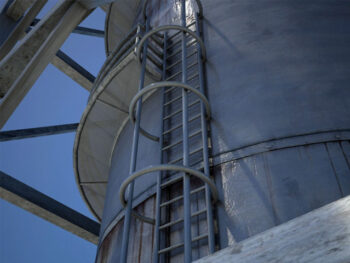
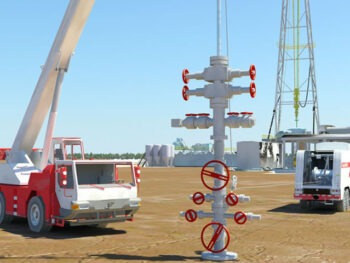
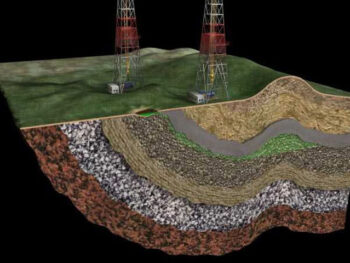
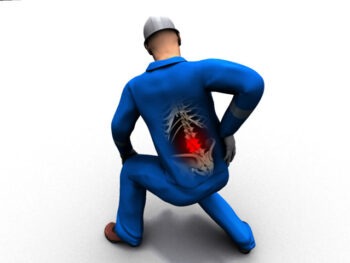
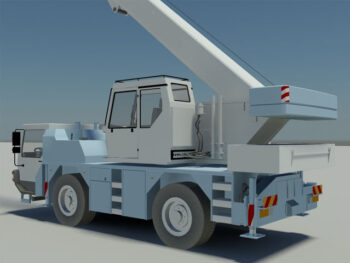
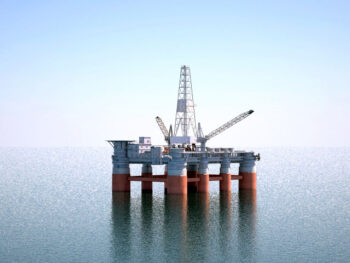
SkillGrid® is a registered mark of Indaptive Technologies, Inc.
2503 Robinhood, Suite 200
Houston, TX 77005
+1 713.461.5200
© 2023